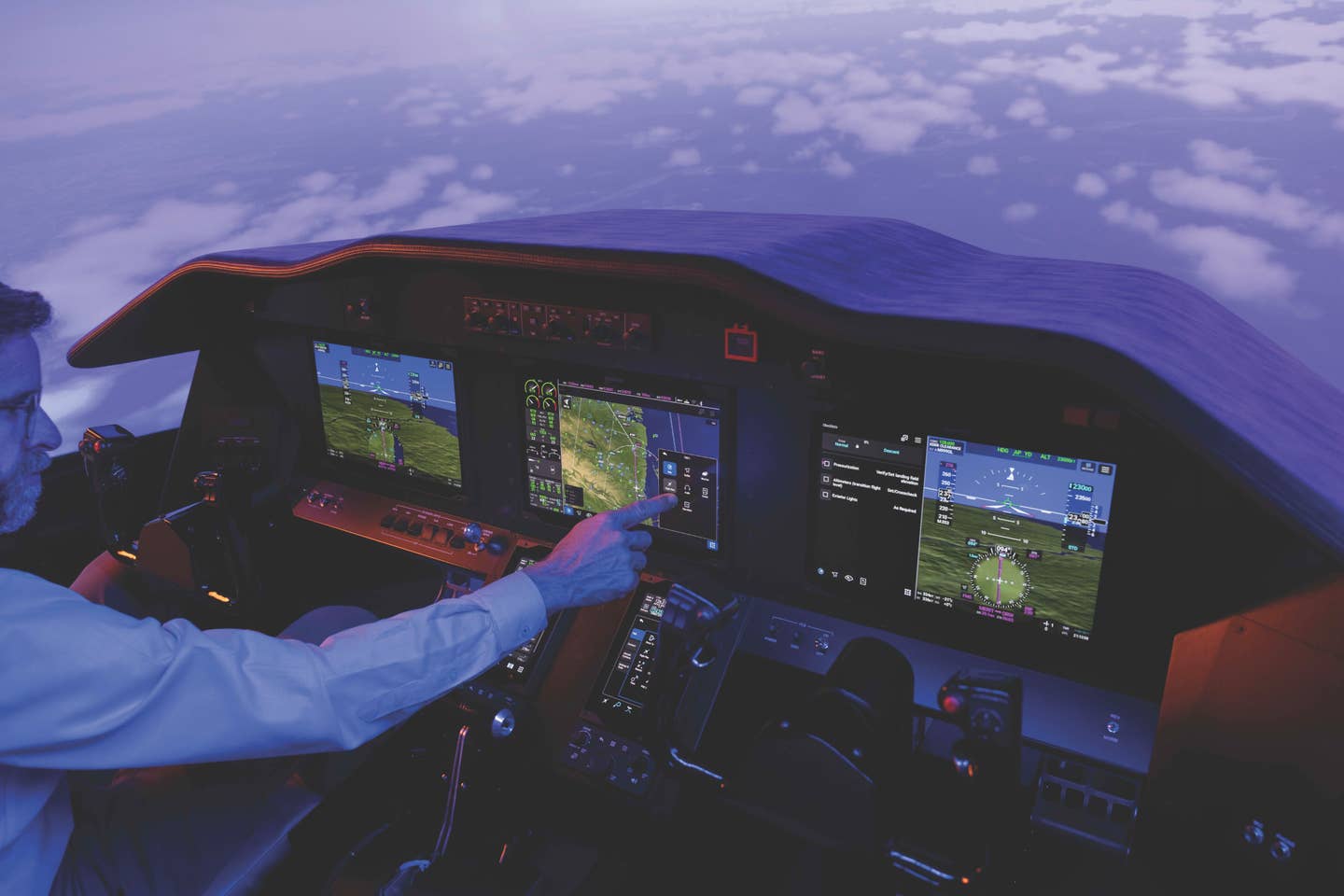
The new uAvionix ADS-B alert can be set to turn on and warn aircraft at any preset altitude. uAvionix
Six-year-old uAvionix, a pioneer in communications, navigation, and surveillance avionics for unmanned systems, on April 28 announced in a news release that it has been granted a new U.S. Patent 10,991,260—the company’s eighth—aimed at making US airspace safer by warning fixed and rotary wing aircraft of a nearby UAS. If a drone equipped with the new technology should ever climb above a pre-set altitude limit—normally about 400 feet agl—the drone will begin broadcasting its position via ADS-B viewable to other ADS-B equipped aircraft in the vicinity.
uAvionix first revealed this concept in a 2018 white paper titled, “ADS-B Inert and Alert—A Solution to the ADS-B Spectrum Concerns.” The Inert and Alert Concept preserves spectrum by allowing the onboard UAS ADS-B solution to remain “inert” in a non-broadcasting “listen” mode until a safety-critical event such as another aircraft proximity triggers it to begin broadcasting its ADS-B position as an “alert.” Once the conditions are safe again, the system reverts to its “inert” state.
Additionally, uAvionix just announced “George”—a name that will ring a bell to most pilots as the pet moniker they often attach to their aircraft’s autopilot system, as in “George is flying” when it’s engaged. This “George” is aimed at the UAS market, however. Weighing in at only 80 grams, George, which is built around the world-class Cube from CubePilot, is the first autopilot product from uAvionix made in the US for operators who want to certify their UAS while also supporting the safety case for flight beyond visual line of sight (BVLOS) operations. Personally, I prefer to call the autopilot of my drone “Elvis.”

Sign-up for newsletters & special offers!
Get the latest FLYING stories & special offers delivered directly to your inbox






